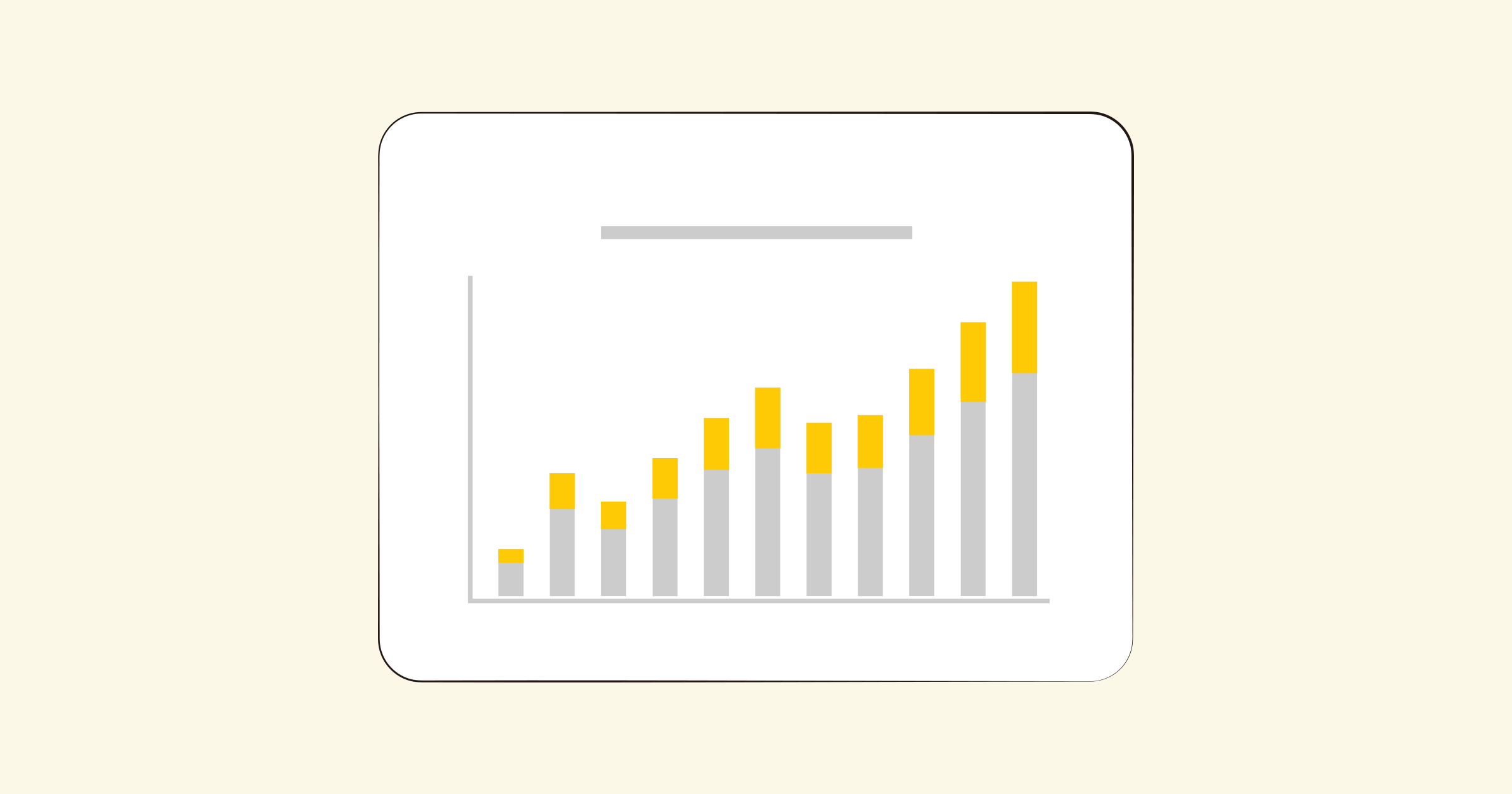What is a transparent proxy and how does it affect SEO?
In the world of search engine optimization (SEO), understanding the concept of a transparent proxy is critical. A transparent proxy acts as an intermediary between a user and a website, allowing for content caching, filtering, and monitoring. However, the use of transparent proxies can have SEO implications. In this blog post, we will explore what transparent proxies are, how they work, and their potential SEO implications.
First, let's look at the concept of a transparent proxy. A transparent proxy is designed to intercept and forward network traffic, usually at the gateway or router level. It is transparent to the user, meaning that the user is unaware of its presence. When a user requests a web page, the transparent proxy intercepts the request and retrieves the content from the server on behalf of the user. Once the content is retrieved, the proxy caches it so that subsequent requests from other users can be served more quickly.
Transparent proxies are often implemented by Internet Service Providers (ISPs) or enterprises to optimize network performance, conserve bandwidth, and improve the overall user experience. By caching frequently requested content, transparent proxies reduce the load on web servers and minimize network congestion. This can result in faster page load times, which is a factor considered by Google when ranking websites.
However, using transparent proxies can also have SEO implications. One potential problem is that transparent proxies can cause duplicate content. When multiple users request the same web page, the proxy serves cached content to each user. As a result, search engines may index multiple copies of the same page, potentially diluting a site's SEO value. In addition, if a transparent proxy modifies the content of a web page, it may not accurately reflect the original version that search engines have indexed, leading to discrepancies in search results.
To mitigate these SEO concerns, website owners can implement several strategies:
1. Use HTTP headers: By including caching-related HTTP headers, site owners can instruct transparent proxies not to cache certain pages or to set a maximum time for content caching. This helps avoid duplicate content issues and ensures that search engines always get the most recent version of a web page.
2. Implement canonical tags: Canonical tags inform search engines of the preferred version of a web page when multiple versions exist. By specifying the canonical URL, site owners can consolidate SEO value and avoid potential duplicate content penalties caused by transparent proxies.
3. Monitor indexation: Regularly monitor search engine indexing of key web pages to identify any discrepancies between the original content and what is served through transparent proxies. If discrepancies occur, take appropriate action to rectify the situation, such as updating proxy settings or contacting the ISP or organization responsible for the proxy.
In summary, transparent proxies play an important role in optimizing network performance and improving the user experience. However, they can have an impact on SEO, particularly in terms of duplicate content and discrepancies in search results. By implementing appropriate measures, site owners can mitigate these concerns and ensure that search engines properly index their sites. Understanding the impact of transparent proxies is essential to maintaining a strong SEO strategy in today's digital landscape.To mitigate these SEO concerns, website owners can implement several strategies:
1. Use HTTP headers: By including caching-related HTTP headers, site owners can instruct transparent proxies not to cache certain pages or to set a maximum time for content caching. This helps avoid duplicate content issues and ensures that search engines always get the most recent version of a web page.
2. Implement canonical tags: Canonical tags inform search engines of the preferred version of a web page when multiple versions exist. By specifying the canonical URL, site owners can consolidate SEO value and avoid potential duplicate content penalties caused by transparent proxies.
3. Monitor indexation: Regularly monitor search engine indexing of key web pages to identify any discrepancies between the original content and what is served through transparent proxies. If discrepancies occur, take appropriate action to rectify the situation, such as updating proxy settings or contacting the ISP or organization responsible for the proxy.
In summary, transparent proxies play an important role in optimizing network performance and improving the user experience. However, they can have an impact on SEO, particularly in terms of duplicate content and discrepancies in search results. By implementing appropriate measures, site owners can mitigate these concerns and ensure that search engines properly index their sites. Understanding the impact of transparent proxies is essential to maintaining a strong SEO strategy in today's digital landscape.





























